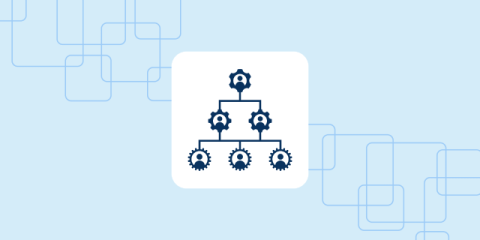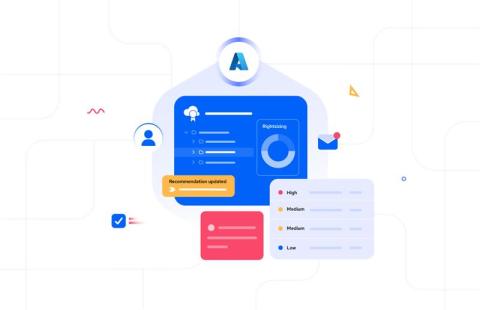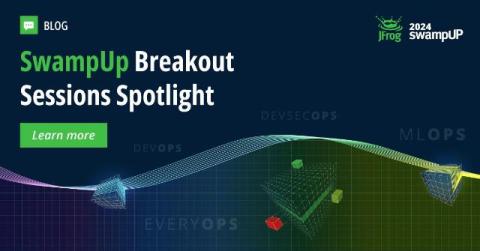DevOps Best Practices to Transform Your Development Process
Businesses are under constant pressure to deliver software faster and more reliably. Yet, the real challenge lies in maintaining quality standards without sacrificing speed. Traditional software development methods often lead to silos between teams, slower release cycles, and more frequent errors. These inefficiencies impact the speed of software delivery, risk system downtime, and customer satisfaction. The solution? Implementing DevOps best practices.











